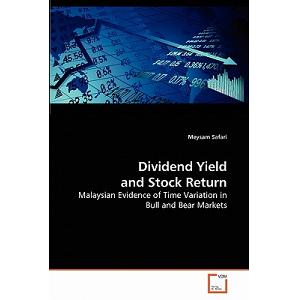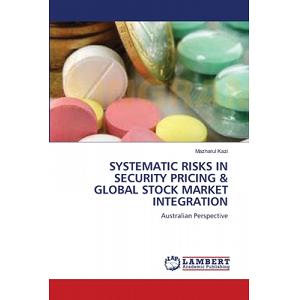- Joven industries sold for RM1.90 on 1st January and ended the year at a price of RM2.50. in addition, the stock paid dividends of RM 0.20 per share. Calculate Joven dividend yield, capital gain yield, and total rate of return for the year.
Answer:
Given Data
- Beginning Price (P0): RM 1.90
- Ending Price (P1): RM 2.50
- Dividends Paid (D): RM 0.20
1. Dividend Yield
The dividend yield is calculated as follows:
Substituting the values:
2. Capital Gain Yield
The capital gain yield is calculated using the change in price:
Substituting the values:
3. Total Rate of Return
The total rate of return combines both the dividend yield and the capital gain yield:
Substituting the previously calculated yields:
Answer:
To calculate the three-year holding period return and the average three-year return for Dolly.com, we will use the following formulas:
Given Returns
- Year 1: -5%
- Year 2: -40%
- Year 3: 30%
1. Three-Year Holding Period Return
The holding period return (HPR) over multiple periods can be calculated using the formula:
Where
are the returns for each year expressed as decimals.
Substituting in the values:
Calculating each term:
Calculating step-by-step:
Now, subtracting 1:
2. Average Three-Year Return
The average return over the three years can be calculated using the arithmetic mean of the annual returns:
Substituting in the values:
Calculating step-by-step:
- Convert percentages to decimals:
- Sum the returns:
- Divide by the number of years:
- Three-Year Holding Period Return: -25.9%
- Average Three-Year Return: -5%
These calculations indicate that while the average annual return was negative, the holding period return reflects a more significant loss over the three years due to the compounding effects of negative returns in the first two years followed by a positive return in the last year.
- Your portfolios is comprised of 30% of stock R, 50% of the stock S, and 20% of stock T. stock R has a beta of 0.64, stock S has a beta of 1.48 and stock T has a beta of 1.04. What is the beta of your portfolio?
Answer:
To calculate the beta of your portfolio, you can use the weighted average of the betas of the individual stocks in the portfolio. The formula for the portfolio beta () is:
Where:
- are the weights of stocks R, S, and T in the portfolio, respectively.
- are the betas of stocks R, S, and T, respectively.
Given Data
- Weight of Stock R (): 30% or 0.30
- Weight of Stock S (): 50% or 0.50
- Weight of Stock T (): 20% or 0.20
- Beta of Stock R (): 0.64
- Beta of Stock S (): 1.48
- Beta of Stock T (): 1.04
Calculation
Now we can substitute the values into the formula:Calculating each term:
- For Stock R:
- For Stock S:
- For Stock T:
Summing Up
Now add these values together to find the portfolio beta:- What is the difference between systematic and unsystematic risk? Which type of risk is eliminated with well diversified portfolio?
Answer:
The difference between systematic and unsystematic risk is fundamental in understanding investment risks and portfolio management.
Since systematic risk impacts all investments in the market, it is non-diversifiable. Investors cannot eliminate this risk through diversification; instead, they can manage it through strategies like asset allocation and hedging.
Systematic Risk
Systematic risk, also known as market risk, affects the entire market or a significant portion of it. This type of risk is caused by macroeconomic factors that cannot be avoided or diversified away. Examples of systematic risk include:- Economic recessions
- Changes in interest rates
- Inflation
- Political instability
- Natural disasters
Since systematic risk impacts all investments in the market, it is non-diversifiable. Investors cannot eliminate this risk through diversification; instead, they can manage it through strategies like asset allocation and hedging.
Unsystematic Risk
Unsystematic risk, also referred to as specific or diversifiable risk, is unique to a particular company or industry. This type of risk arises from internal factors that affect a specific organization, such as:- Poor management decisions
- Product recalls
- Labor strikes
- Competitive pressures
Summary of Differences
- Scope: Systematic risk affects the entire market; unsystematic risk affects specific companies or industries.
- Diversifiability: Systematic risk cannot be eliminated through diversification; unsystematic risk can be mitigated by diversifying investments.
- Examples: Systematic risks include economic downturns and interest rate changes, while unsystematic risks include company-specific issues like management failures or product failures.


No comments:
Post a Comment